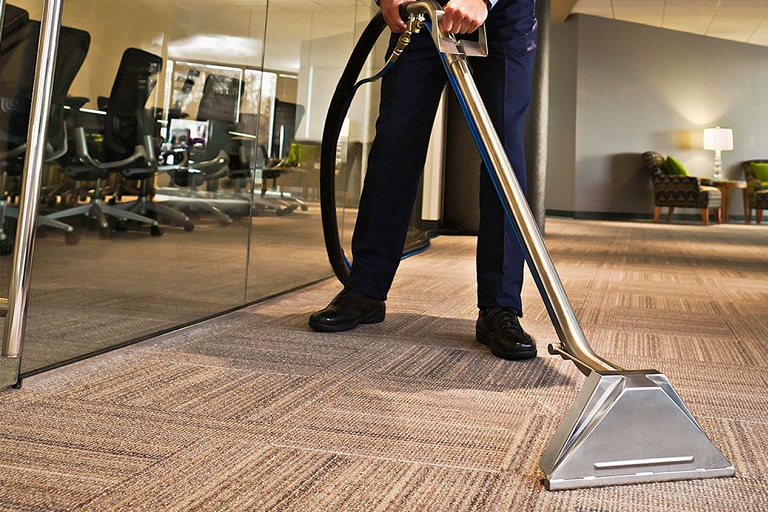
- Controlled water penetration is defined as water that penetrates beyond the inner most vertical plane of the test specimen, but has a designed means of drainage back to the exterior.Even more interesting, they could exist independent of the exterior, meaning outer walls no longer had to shoulder structural loads.They are often used for ground-level applications, such as shop fronts or the first floors of a building.They can also provide protection against environmental factors such as wind and rain, contributing to the longevity and durability of the building.
Contact Us
Clear View Builders
Email: [email protected]
Phone: +19164205862
4913 Rio Linda Blvd
Sacramento, California, United States 95838
What Is A Curtain Wall In Construction
By extending visual lines and opening up sightlines, they make any room feel larger. Storefronts and curtainwalls are two very similar options in terms of construction, featuring the highest quality aluminum and glass. Stick curtain wall systems have a lower shipping cost because they can be adjusted on-site, but they have a higher labor and time cost.What Is a Curtain Wall in Construction?
This approach not only contributes https://www.localfeatured.com/directory/listingdisplay.aspx?lid=129426 to environmental sustainability but also creates harmonious living spaces that blend nature with modern architecture, promoting a balanced and conscious lifestyle. Such features are crucial for homes with children or in areas prone to natural elements or security concerns. Aluminum storefronts are generally non-load-bearing, easy to install and flexible, and require little maintenance. Standard length is 24 feet but companies like PRL Glass can customize lengths thanks to our in-house aluminum extrusion capabilities, adapting to the specific needs of each project. Smart glass to nanotechnology, explore the benefits & future of these cutting-edge technologies. Curtain walls can also be fitted with UV-inhibiting film to protect spaces and materials from degradation due to ultraviolet radiation. When selecting a curtain wall system, it is important to consider factors such as design flexibility, cost, energy efficiency, and installation time. Working with a qualified design professional can help ensure the best system is selected for the specific project needs. While curtain wall construction offers numerous advantages, there are also some disadvantages that should be considered. These include potential water leakage, high maintenance requirements, limited sound insulation, and higher initial costs compared to traditional construction methods. Because the curtain wall façade carries no structural load beyond its own dead load weight, it can be made of lightweight materials. The wall transfers lateral wind loads upon it to the main building structure through connections at floors or columns of the building. Curtainwalls are designed for low and medium-rise buildings, and are not load-bearing structures, but lightweight façades that are attached to the main structure of the building. They are composed of aluminum and glass frames and are designed to resist wind forces and water infiltration, as well as provide thermal and acoustic insulation. The cost of a curtain wall system can vary greatly depending on the type of system, material selection, and customization options. Generally, curtain wall systems are more expensive than traditional wall systems, but they can provide long-term cost savings through improved energy efficiency and reduced maintenance costs. It is essential to consider the project-specific requirements, budget, timeframe, and desired aesthetic when selecting the appropriate curtain wall system. With the right choice, the curtain wall system can enhance the building’s architecture, energy efficiency, and functionality while providing a visually stunning facade. They are usually installed on the outside of a building, but can also be used indoors. There are three main types of glass curtain walls unitized, stick, and structural glazed. When it comes to curtain wall materials, choosing the right ones can significantly impact maintenance requirements. For example, aluminum frames are known for their durability and resistance to corrosion, making them a popular choice in curtain wall construction. This is mainly designed to withstand environmental forces like wind, seismic activity, and thermal expansion and for making sure that the curtain wall remains securely in place. Stainless steel curtain walls require no coatings, and embossed, as opposed to abrasively finished, surfaces maintain their original appearance indefinitely without cleaning or other maintenance. Firestopping at the perimeter slab edge, which is a gap between the floor and the curtain wall, is essential to slow the passage of fire and combustion gases between floors. Spandrel areas must have non-combustible insulation at the interior face of the curtain wall. 